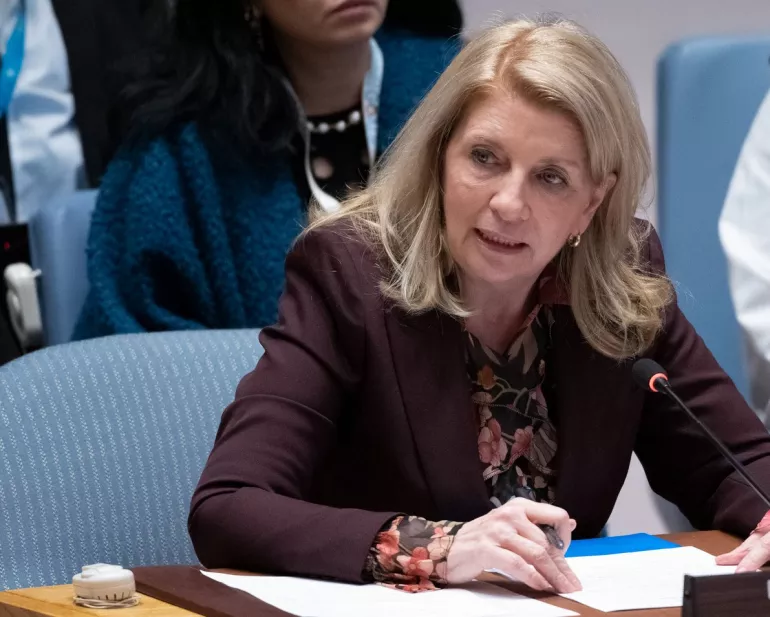A decade ago, the world committed to ending child labour by 2025. But with just months remaining before that deadline, a sobering new report reveals that over 138 million children are still caught in its grip.
Released jointly on Wednesday by the International Labour Organization (ILO) and UNICEF, the Child Labour Report finds that despite some modest progress, the global effort is far off course. Since 2020, the number of children in child labour has decreased by just 12 million – an improvement, yet far too slow to meet the UN’s Sustainable Development Goal.
“The findings of our report offer hope and show that progress is possible… But we must not be blindsided by the fact that we still have a long way to go,” said ILO Director-General Gilbert F. Houngbo.
Since the year 2000, child labour figures have fallen by over 100 million, indicating that meaningful change is possible. But both agencies warn that global momentum has stalled and urgent action is needed to safeguard the world’s most vulnerable children.
Millions Still Trapped In Dangerous Work
According to the report, tens of millions of children remain trapped in hazardous work environments. From the pits of mines to the sharp edges of factories and fields, 54 million of the 138 million children identified are engaged in dangerous conditions that threaten their health, development, and futures.
“Far too many children continue to toil in mines, factories or fields, often doing hazardous work to survive,” said Catherine Russell, Executive Director of UNICEF.

Child labour, as defined in the report, excludes harmless tasks like household chores or helping parents with family businesses. Instead, it refers to work that deprives children of their education, safety, and childhood itself.
“It is important to understand that [child labour] is not household chores, it is not children helping their parents around the house… We are talking about work that is oftentimes hazardous.”
Benjamin Smith
In Benin, 13-year-old Honorine is among those impacted. She spends her days from 10 am to 5 pm working in a gravel quarry. Paid per bucket of gravel she collects, Honorine is saving up in hopes of training as a hairdresser.
For many children like her, education is out of reach. This not only hinders their immediate development but also locks families into cycles of poverty that are hard to escape.
“Behind every number, let’s remind ourselves that there is a child whose right to education, protection and decent future is being denied,” said Federico Blanco, ILO expert and lead author of the report.
In Bangladesh, 13-year-old Nur, a Rohingya refugee, was pulled from school to help support his family. A UNICEF-funded program intervened, helping to return him to the classroom.
“I once dreamt of becoming a teacher. I thought I would never be able to become one. But now I feel that I can learn and become a teacher like I always wanted to,” Nur said, reflecting on his return to education.
Tackling Poverty At The Root
The report emphasizes that real change requires a “holistic approach” that addresses not only child labour directly but also the root causes that force families into such difficult decisions. Chief among these is poverty.
“The ILO looks at [child labour] in quite a holistic way because it is just as important [for] tackling child labour to make sure that the adults have good working conditions because poverty is really at the heart of child labour.”
Benjamin Smith
To truly combat the issue, ILO and UNICEF are calling for integrated policies that span education, labour rights, and social protection. Ensuring adults have fair wages and safe jobs can dramatically reduce the economic pressures that lead families to rely on child labour.
Regional disparities also persist. While overall numbers have declined, Sub-Saharan Africa remains a hotspot, accounting for two-thirds of all children in child labour worldwide. The report urges country-specific strategies to reflect this reality.
Though the world may not meet its 2025 target, the message from ILO and UNICEF is clear: the fight is far from over, and every child removed from labour is a step toward a fairer future.
READ ALSO: Kwabena Kwabena Recounts Feeling Depressed



















